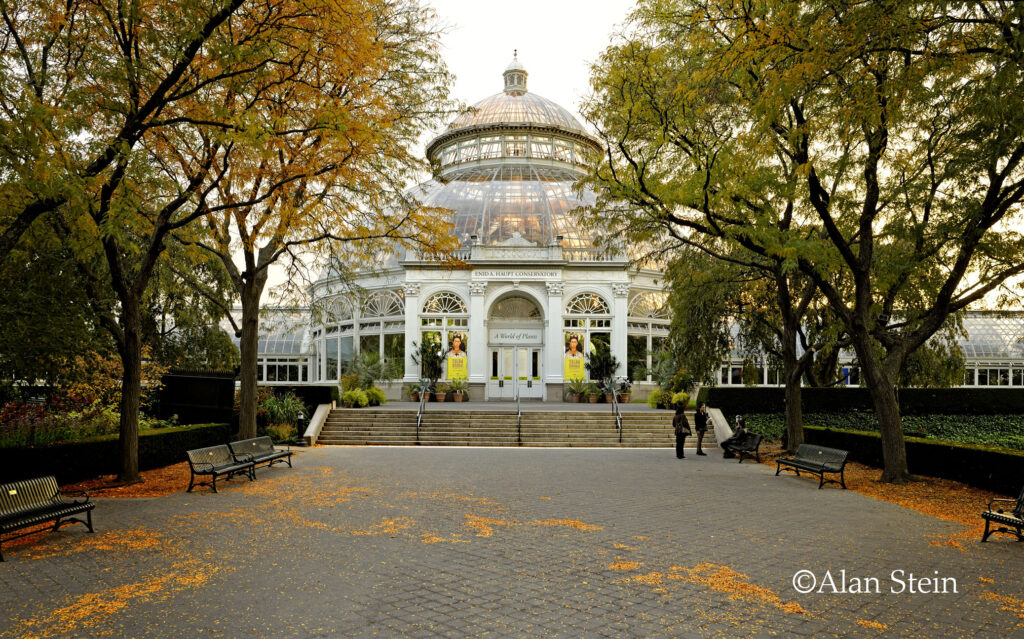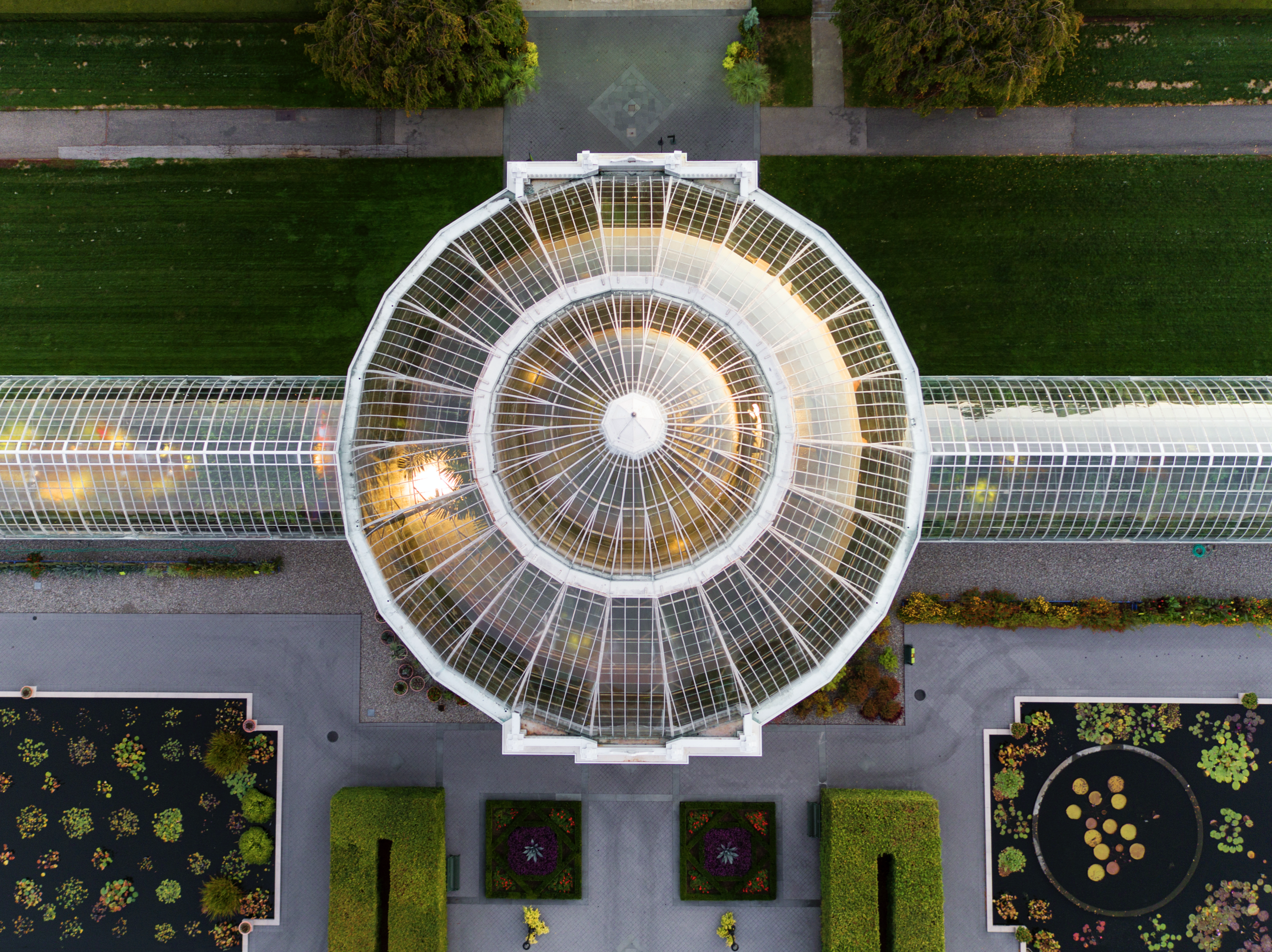“The best time to appreciate the improbable union of architecture, engineering, craftsmanship, and horticulture embodied by a great glasshouse is on a bright, cold, snowy afternoon in winter. The first thing that strikes you is not the warmth, nor the humidity: it is the earthy, fecund fragrance of moist soil touched with subtle notes of flowers and spice…”
Marc Hachadourian & Todd Forrest
New York Botanical Garden
Marc and Todd captured the magic of botanical gardens and conservatories best in the introduction they wrote for our newly released book, The Conservatory: Gardens Under Glass. Conservatories create an atmosphere unlike any other – connecting us to nature in ways we had not thought of before. They are some of the most beautiful, grand expressions of glass architecture that has evolved over the last 150 years into an art form appreciated by not only public gardens but now homes and commercial spaces across the world.
“In many ways, the history of conservatory design is the history of humankind’s obsession with cultivating rare, exotic, useful, and beautiful plants.”
Marc Hachadourian & Todd Forrest
New York Botanical Garden
Established in 1891, the New York Botanical Garden was inspired by the Royal Botanic Gardens, Kew. Botanists Nathaniel Lord Britton and his wife, Elizabeth visited Kew in 1888 and believed New York should have a botanical garden to further educate the public about plants. With that, the gardens also serve as a repository for rare and valuable specimens and lead research in botanical science. Today, the garden is home to millions of plant, tree, and fungal specimens, along with two glasshouses: Nolen Greenhouses for Living Collections and the Enid A. Haupt Conservatory.

This beautiful Victorian-style glasshouse recently underwent an $18 million restoration project, completed in September 2020, restoring the palm dome and upgrading the infrastructure – a project that occurs about every 20 years for this historic conservatory. Using cutting-edge materials, the restoration has made the building more energy-efficient while respecting its landmark status.
“The painted wood cladding around the drum and the wood cornice—originally constructed with rot-resistant, first-growth bald cypress that is now very rare—were replaced with cast and extruded aluminum components that are durable and require less maintenance,” according to an NYBG press release.
The New York Botanical Garden has a strong focus on its community, as well.
“NYBG is committed to protecting and preserving the planet’s biodiversity and natural resources and enhancing human well-being by educating, training, and empowering the next generation of Earth’s caregivers,” said Stevenson Swanson, associate director of PR for the gardens.
With its location in the Bronx, community outreach is especially important as many visitors come from city areas, lacking greenery and a true connection to nature.
“Prior to the pandemic, more than 330,000 people annually—among them, Bronx children, families, students, and teachers—learned about plant science, ecology, and healthful eating through NYBG’s hands-on, curriculum-based programming; 90,000 were children from underserved neighboring communities, while over 3,000 were educators from New York City’s public school system participating in professional development programs that train them to teach science courses at all grade levels”
Stevenson Swanson, Associate Director of PR for NYBG
NYBG reopened in July 2020 and have since been able to continue their community outreach and education. Up next for the gardens, KUSAMA: Cosmic Nature. This exhibition features work by Japanese artist Yayoi Kusama and shows her lifelong exploration of the natural world and its presence throughout her prolific career. There will be multiple outdoor installations, large floral forms, and paintings in order to convey Kusama’s story.
Conservatories are a valuable and beautiful place to learn more about the natural world and how it affects our everyday life. Learn more about this historic conservatory and more in our latest book, The Conservatory: Gardens Under Glass!

